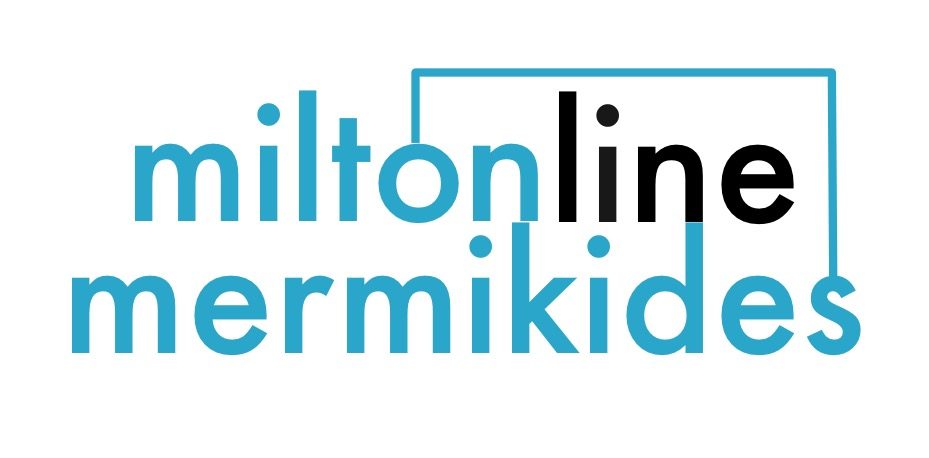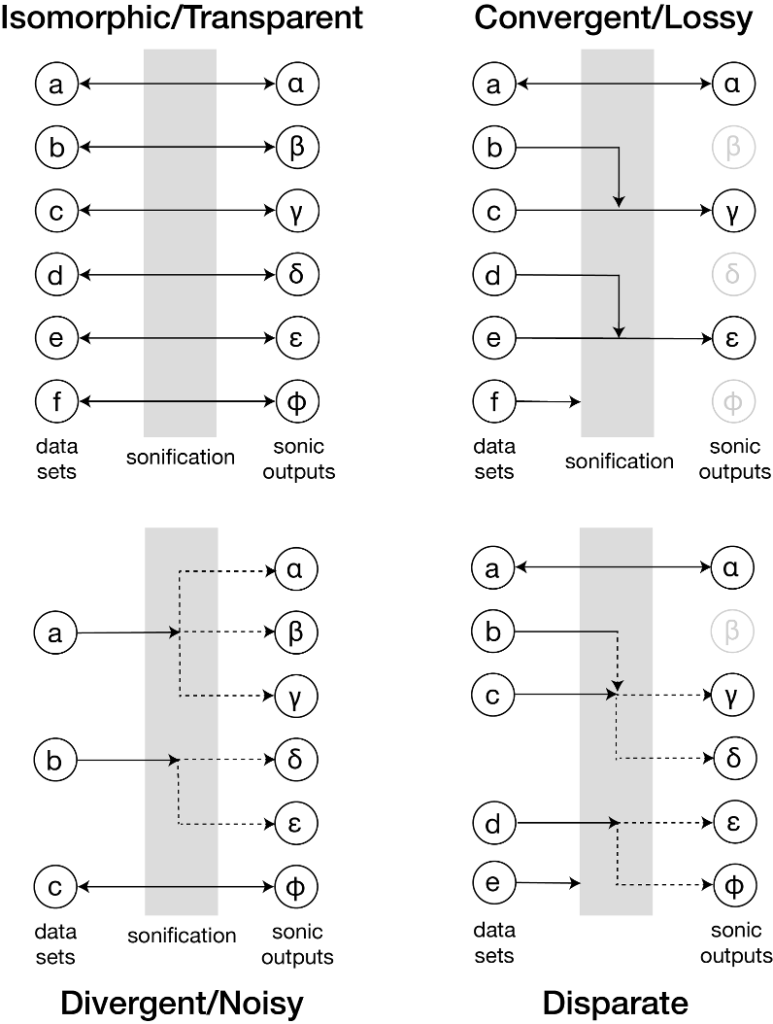Figure 2: Four illustrations of how data sets and sonic outputs may be related in the sonification process.
Figure 3: The phrase “A Cryptographic Example” is translated through various historic and novel translation systems. Pitch, pitch-class and, in the case of International Morse Code, rhythmic outputs are shown. Below each system there is an illustration of how reliably (or otherwise) the original message can be decoded. Note the high degree of lossiness and convergence in the traditional German and French systems, compared to the precision of ASCII and International Morse Code. Phonetic percussion and frequency mapping, provide more ‘meaning’ in syllabic shape and melodic characteristics respectively.
Figure 4: An illustration of some sonification techniques in relation to the analogic-symbolic continuum. An example data source (a human heartbeat) a) is run through various points of the b) analogic-symbolic continuum, resulting in a variety of sonifications c-k. Some example parameter mappings are also shown (l).






